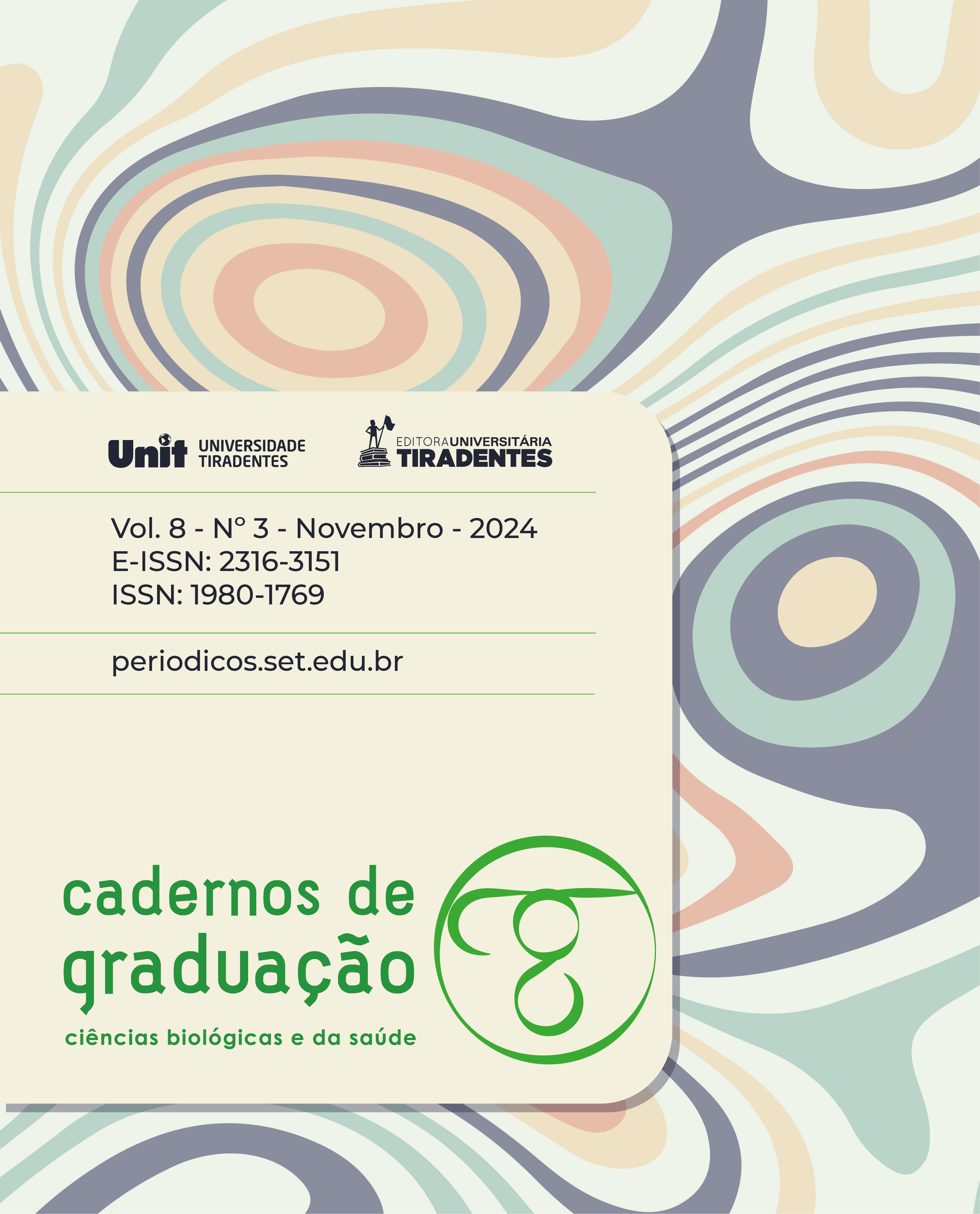PREVALÊNCIA DO VÍRUS INFLUENZA EM PACIENTES SERGIPANOS NOTIFICADOS COM SÍNDROME GRIPAL DURANTE A PANDEMIA DE COVID-19
Publicado
Downloads
Downloads
Edição
Seção
Licença
Oferece acesso livre e imediato ao seu conteúdo, seguindo o princípio de que disponibilizar gratuitamente o conhecimento científico contribui para a democratização do saber. Assume-se que, ao submeter os originais os autores cedem os direitos de publicação para a revista. O autor(a) reconhece esta como detentor(a) do direito autoral e ele autoriza seu livre uso pelos leitores, podendo ser, além de lido, baixado, copiado, distribuído e impresso, desde quando citada a fonte.
Resumo
Introdução: A síndrome gripal é umas das infecções respiratórias mais comuns entre humanos e a causa de inúmeras mortes anualmente. A OMS estima que as infecções por influenza resultam entre 3 e 5 milhões de casos graves e entre 250.000 e 500.000 mortes anualmente. Métodos: Trata-se de uma pesquisa epidemiológica do tipo descritiva, quantitativa, transversal e retrospectiva. Sendo analisados os protocolos dos resultados de pacientes notificados com Síndrome Gripal, entre os meses de março a maio de 2020 (primeiro trimestre da pandemia de COVID-19) no estado de Sergipe. Resultados: No período de estudo, 517 pacientes foram triados para FluA/H1N1, FluA/H3N2 e FluB, sendo que 33,07% (171/517) apresentaram resultado detectado para os vírus respiratórios e 64,9% (111/171) foram detectados para Influenza A e 35,1% (60/171) detectados para Influenza B. Os casos detectados para FluA foram subtipados e 50,3% (86/171) infectados por Influenza A H1N1 pdm09, 1,7% (3/171) com FluA H3N2 e 12,9% (22/171) por FluA não subtipado. Em relação à faixa etária, observamos que houve uma frequência maior de casos em pacientes com idade entre 30 e 59 anos, com 52,04% (89/171) dos casos. Em seguida, os jovens entre 14 e 29 anos aparecem em evidência, com 39,8% (68/171) dos casos. Conclusão: O conhecimento de quais tipos e subtipos de influenza circulantes, bem com seu perfil epidemiológico permite um melhor desenvolvimento nos imunizantes, que anualmente são distribuídos para a população.















